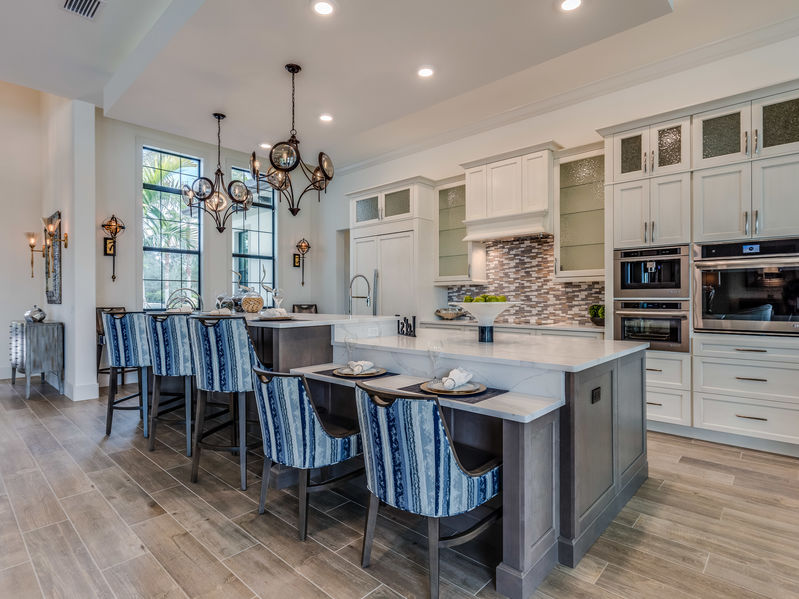- Power Off the Range Hood
This entails turning off the power to the existing range hood. This is done at the circuit breaker. The process is followed by removing the range hood’s electrical box after verifying that the power is indeed off with the use of an AC voltage detector. Afterward, remove the cover plate and the filter. This is a very crucial process in the replacement of the range hood.

- Detach the Wires
It is important to disconnect all electrical wires before embarking upon this DIY task. This disconnection of the vent hoods wiring from the home wiring is quite important to avoid any electrical hazards that might be occasioned by the failure to disengage the wires.
- Unfasten the Screws
This is done after verifying that you have effectively removed the wiring. It entails the removal of the nails and screws holding the existing range hood in place. The vent must be unscrewed from the wall step or the cabinet.
- Remove the Range Hood
After unfastening the screws and the nails, you can now proceed and remove the range hood. This involves removing it from the wall or the cabinet where it was installed. After removing the old range hood, verify that the opening of the old hood does match with the opening of the new hood. This step is crucial since it also requires both the wires and the exhaust to match before proceeding to the next step.
- Configuring the New Range Hood
This is very crucial as it determines whether the new hood will completely filter and circulate the air or whether it will be configured to vent outside.
- Positioning
When done with configuring, it is now time to analyze the strategic placement of the new hood in a very fitting place in your kitchen. This can be the original position or another place in your kitchen.
- Twisting the Electrical Wires
This entails twisting them through the uppermost part of the unit and this ensures that the work is not too shoddy as the wires are properly concealed. This reduced visibility is vital to make your DIY range hood project appear very professional.
- Fixing the Range Hood
It is now time to fix the range hood. This process is done using screws. This makes sure that the hood is properly fastened to the opening thus rendering it firm and sturdy. This step is followed by carefully fixing the wires to the range hood.
- Installation of the Bulbs and the Filter
Initially, there was the removal of the filter and the cover plate from the old and existing range hood. However, in this step, you have to do the opposite and install the aforementioned cover plate, filter, and the bulbs.
- Turn on the Power
This is done at the circuit breaker to the range hood. It is vital to remember that the power had been turned off at the first stage of this project. This is the same stage where the range hood is turned on to verify that it is functioning properly. The light bulbs are also tested to ascertain that they are similarly working as expected.
- Electrical Box Replacement
This is done after verifying that the new hood is functioning properly. It entails the replacement of the electrical box to the new vent hood.
The foregoing depicts and illustrates how you can replace a range hood in your kitchen. This replacement process is not time-consuming, as it can be practically done in less than 30 minutes or slightly more. This is just in case you are not that decent in technical works which might be overly tasking based on how handy you are. The information in this article should hence help you to do the replacement without any hassles. However, even as much as you might feel capable of tackling this project, it is still important for you to consult a licensed professional to do the installation since DIY installation without the needed skills may damage your new range hood.
